ON THE OCCASION OF THE REOPENING OF THE ACROPOLIS MUSEUM AND THE CELEBRATION OF ITS 11TH ANNIVERSARY, EUROPE EXPECTS A NOBLE GESTURE FROM BRITAIN
Saturday, 20 June 2020 marks the 11th anniversary of the magnificent Acropolis Museum, which has just reopened after a long period of closure due to coronavirus. The health and economic crisis has come close to seeing Europe fail, while a second virus, equally contagious, corrodes our democracies and the values on which our European Union is based. At a time when the unity and solidarity of Europeans are being put to the test, it is imperative to restore the integrity of the Parthenon, a major and unique symbol of European democracy and cultural heritage, by reunifying all the surviving Marbles in Athens.
Personally, I have two great dreams: a united Europe and the reunification of the Parthenon Marbles. In fact, it is the same vision and a common cause! The Parthenon should be proclaimed a symbol of the EU because it is a European claim and not just a Greek one, as was the case under the leadership of Culture Minister Melina Mercouri. Moreover, at the top of the Acropolis the European flag is missing next to that of the Hellenic Republic.
Upon examination, arguments in favour of keeping the Marbles at the British Museum are invalidated. Unlike the British Museum, which between 1937 and 1938 damaged the Marbles by attempting to clean them with metal brushes and abrasive products, the Acropolis Museum has the most advanced conservation techniques. The Acropolis Museum’s large transparent structure allows the Attic light to uplift the exhibits inside the Museum, illuminating the sculptures in the same way as the Parthenon itself and impressing on the visitor the beauty of the Marbles. What a contrast to the gloomy atmosphere of the Duveen Gallery at the British Museum where these outstanding sculptures are enclosed in a dimly lit room, with virtually no daylight, and exhibited too close to the visitors!
Moreover, it is necessary to remind British, European and world public opinion that instead of preserving the Marbles, as some claim, Lord Elgin mutilated them by sawing the slabs of the frieze in two to facilitate their transport. So how can we say that Elgin saved half of the Parthenon sculptures? The ones we are all lucky enough to be able to admire at the Acropolis Museum are in much better shape!
Unlike the British Museum, which is a universal museum, the Acropolis Museum focuses mainly on the Acropolis and its monuments. It forms a whole with the Sacred Rock, a whole from which more than half of the Marbles have been removed. Since its inauguration in 2009, the Museum has received more than 14.5 million visitors and since 2012 TripAdvisor has awarded it the ‘Travelers Choice Award’ each year, not to mention some twenty international awards of excellence.
In truth, by appropriating half of the Parthenon Marbles, without a valid permit and without regard for the integrity of a monument and these emblematic works of art, Lord Elgin committed one of the most shameful acts of looting and cultural vandalism in history. At a time when all over the world we are rising up against racism and inequality, what better way for Britain, a bastion of democracy, to show that it has broken with the tradition of its colonial past than by returning the Marbles to Athens? It has decided to leave the European Union, but it defends the same fundamental values that underpin our European way of life. The current British Prime Minister, a former Classics student and ardent Hellenophile, is predestined to make a noble gesture towards Greece. In view of the ethical, cultural and aesthetic arguments for the return of the Parthenon Marbles to Athens, I am convinced that the British will act honourably to protect our European cultural heritage.
Prof. Dusan Sidjanski
Chair of the Swiss Committee for the Reunification of the Parthenon Marbles
www.parthenon-suisse.ch
8 June 2020
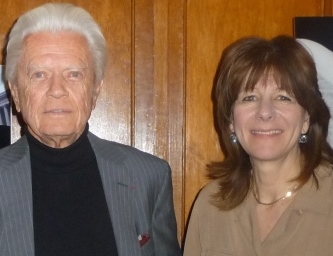
Professor Dusan Sidjanski and Patricia van Gene-Saillet of the Swiss Committee for the Reunification of the Parthenon Marbles
This press release was also used in the Tribune de Genève on 01 July 2020, you can view that here, too.

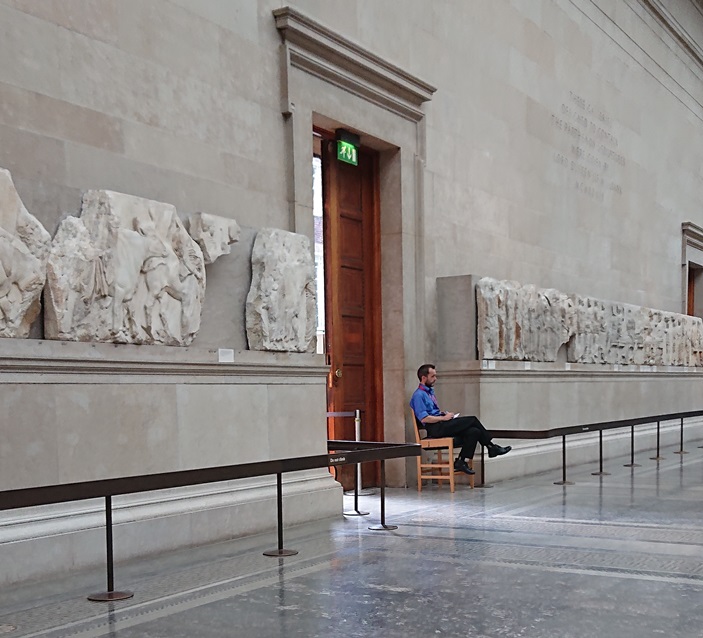
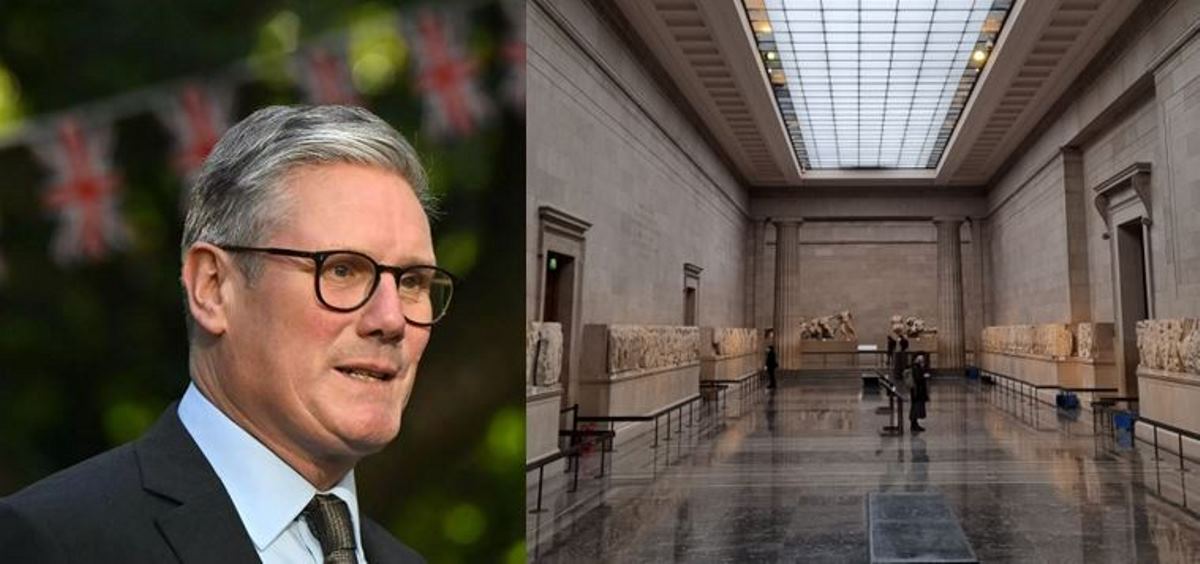
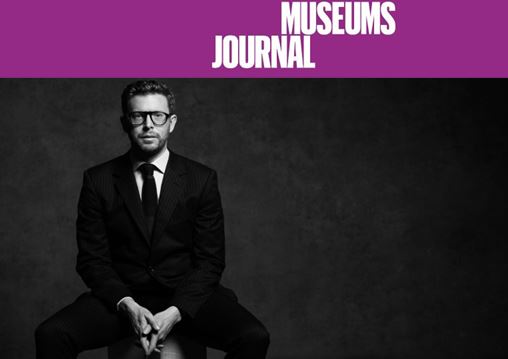
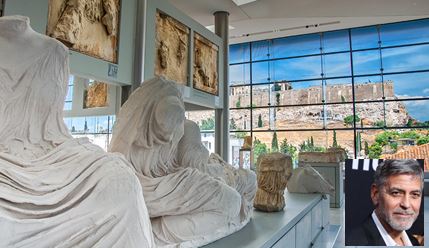
Comments powered by CComment